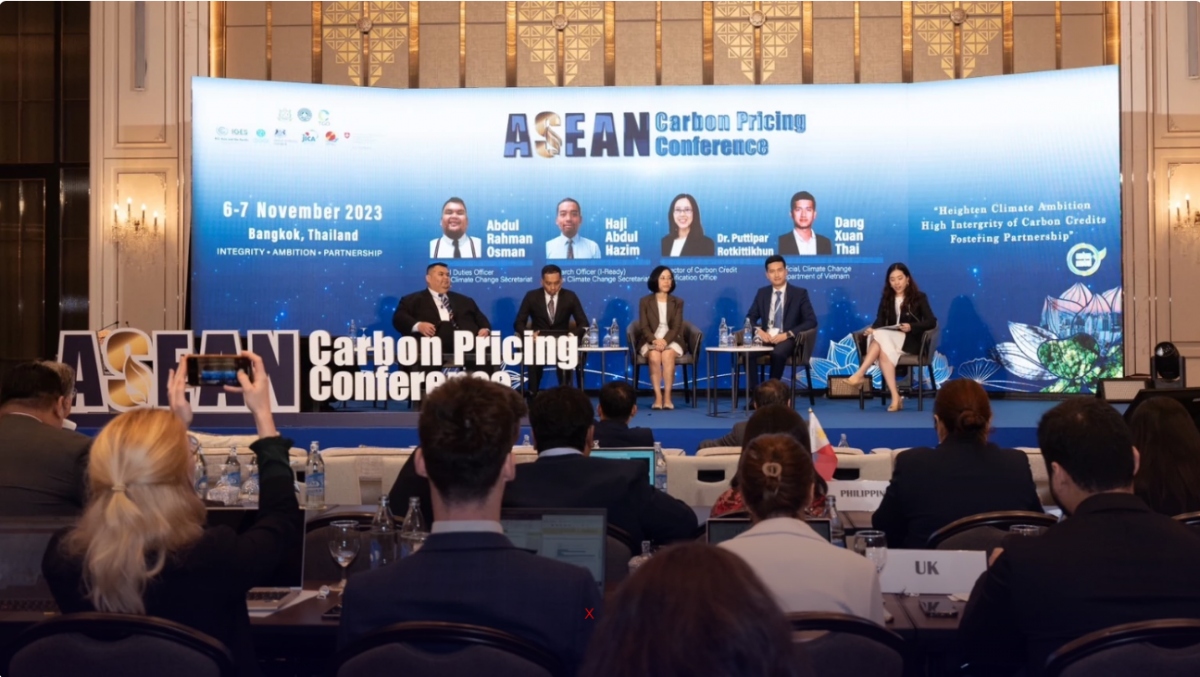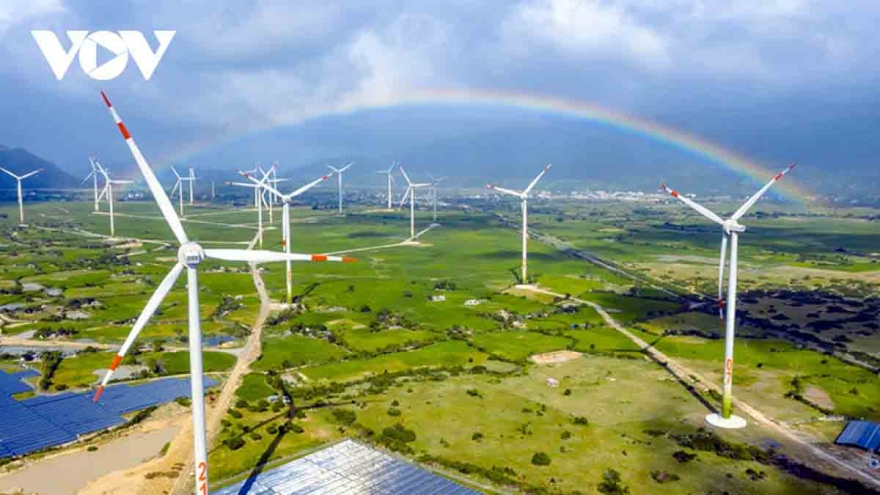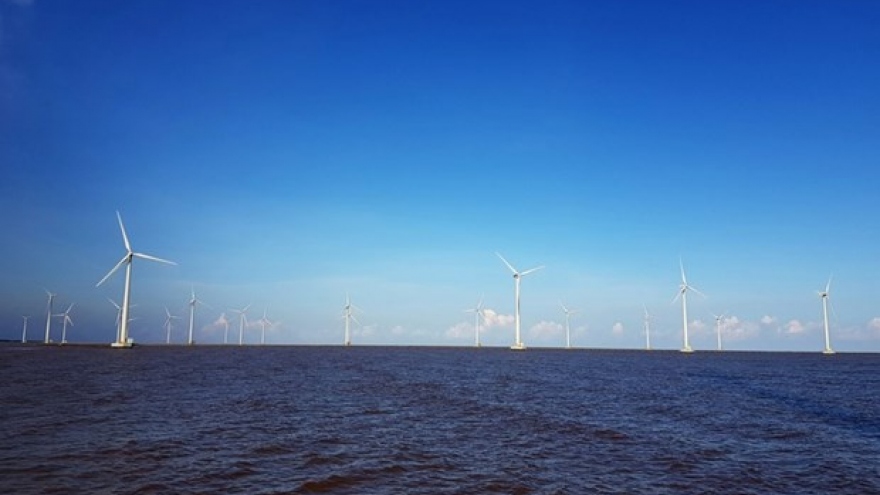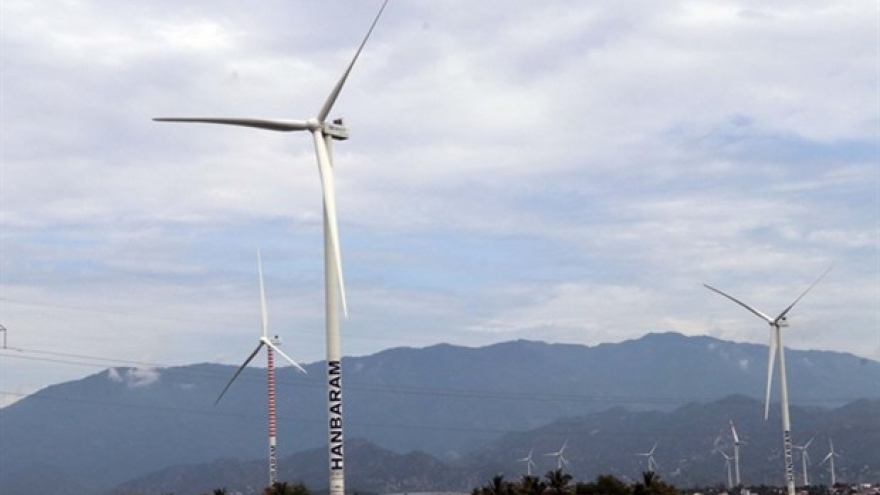Carbon pricing: Closing the loophole in ASEAN’s climate commitment
VOV.VN - Carbon pricing becomes an effective incentive to help communities choose low-carbon products by levelling the playing field between fossil fuels and clean technology solutions. Only by doing so will existing climate policies, such as feed-in tariffs and tax breaks, become more effective in accelerating decarbonisation targets in ASEAN.

The Association of Southeast Asian Nations (ASEAN) is on the verge of having to deal with a climate crisis unprecedented in history (ADB, 2017). The signs are clear. Intense weather events and their adverse effects on the region’s livelihoods should serve as a wake-up call for ASEAN to increase its climate commitments. The Nationally Determined Contributions (NDCs) are indeed transformative action. However, there have been many studies and reports stating NDCs are not sufficient to ensure countries are on track to meet the 2℃, preferably 1.5℃ target. This is where carbon pricing becomes an essential tool.
Carbon pricing is an effort to correct market failure in not fully reflecting the negative externalities embedded in a product or service. Putting a price tag on carbon helps internalise such ‘costs’ to be absorbed in markets. The average global carbon price is US$31.18 per tonne of carbon dioxide equivalent (tCO2e) (World Bank, 2022). Some 35 countries have fully implemented 68 carbon pricing instruments (AMRO, 2022). Nonetheless, contested discussions around carbon pricing remain prominent. The debates usually revolve around the effectiveness of its mechanisms in helping countries achieve their decarbonisation targets. This situation is exacerbated by concerns around carbon leakage due to different measures in controlling decarbonisation progress between countries.
In general, carbon pricing falls into direct and indirect pricing mechanisms. An emissions trading system (ETS), carbon taxes, and a carbon crediting mechanism are included in the direct pricing category. Indirect pricing mechanisms include, inter alia, fuel, commodity taxes, and subsidies (AMRO, 2022). The government sets a ceiling (cap) on greenhouse gas (GHG) emissions in ETS, and allowances are traded to each emitter for free or through auctions. A carbon tax, on the other hand, sets the price for each tonne of GHG emissions emitted by firms (AMRO, 2022). Unlike ETS and carbon taxes, which operate based on the polluters-pay-principle, in the carbon crediting mechanism, firms offset their GHG emissions by investing in climate mitigation and adaptation projects.
If one were asked which of the aforementioned pricing mechanisms ASEAN should choose, one should look at two things. The first is how discourses around carbon pricing are constructed in the region, and the second is what kind of incentives are available to promote carbon pricing in Southeast Asia. Carbon pricing discourses in ASEAN revolve around promoting it as a climate policy tool, encouraging countries to reduce emissions and the transition to clean technologies. Unfortunately, in comparison with geopolitical stability and poverty eradication, climate change is not a priority issue in Southeast Asia. Thus, constructing carbon pricing as a climate policy discourse may be counterproductive.
When it comes to incentives, there are three major drivers which enable carbon pricing to gain momentum in ASEAN. First, the Carbon Border Adjustment Mechanism (CBAM). CBAM, as part of the green deal package, aims to meet the European Union’s (EU) goal of reaching climate neutrality by 2050, by preventing carbon leakage risks caused by relocating high-emission production points to countries with less stringent climate policies. To anticipate repercussions of CBAM in Indonesia, the country began implementing a carbon tax for coal-fuelled power plants on April 1, 2022. Furthermore, this year, Indonesia launched IDXCarbon, a carbon trading platform which allows carbon units to be traded like stocks (Citra, 2023).
Second, net-zero agenda. Countries who have announced their net-zero targets, such as Singapore, Malaysia, Vietnam, and Thailand are motivated to adopt a carbon tax and ETS as cost-effective incentives to achieve their decarbonisation targets (Net Zero Tracker, nd). Even though Brunei Darussalam and the Philippines have not pledged their net-zero targets, both countries consider carbon pricing mechanisms a promising incentive to accelerate their climate commitments. Third, vulnerability to climate change effects. Driven by their geographic location, high poverty, and poor institutional support, Myanmar, Lao PDR, and Cambodia may become more susceptible to climate risks, such as extreme weather events and harvest loss. Therefore, carbon pricing can be an appealing option to not only help countries mitigate the effects of their climate risks, but also build a new source of revenue to accelerate the countries' development.
As of 2022, Indonesia and Singapore were the first countries in the Southeast Asia to have adopted a carbon tax. ETS on the other hand, are still in development or consideration in most ASEAN Member States (AMS). Carbon credit mechanisms remain scarce in the region. However, negative carbon indirect pricing schemes, such as environment taxes and fossil fuel subsidies, are prevalent in the region.
The ‘ASEAN way’, which promotes flexibility, trust, mutual respect, and informal consensus, has led the region to lean on international law and enabling frameworks rather than official authorities to enforce policy and law throughout its operations (Anbumozhi, 2017). As a result, it is unavoidable that ASEAN will rely on improving its NDCs and announce net-zero targets to strengthen its climate change commitments. Unfortunately, NDCs are country-defined goals, and AMS' net-zero targets have not been enshrined in law. It is unsurprising that the monitoring and evaluation of climate change progress in the region remains a concern. To protect ASEAN's climate change commitments, carbon pricing policies can fill the lack of enforcement in the region's climate change regime.
Carbon pricing policies are not a stand-alone initiative to address climate crisis. Putting a price tag on carbon, like standing on the shoulders of giants, enhances ASEAN’s overall climate commitments. The distinguishing feature is that it reveals the true costs of fossil fuels, which are frequently hidden due to subsidies. Carbon pricing becomes an effective incentive to help communities choose low-carbon products by levelling the playing field between fossil fuels and clean technology solutions. Only by doing so will existing climate policies, such as feed-in tariffs and tax breaks, become more effective in accelerating decarbonisation targets in ASEAN.





